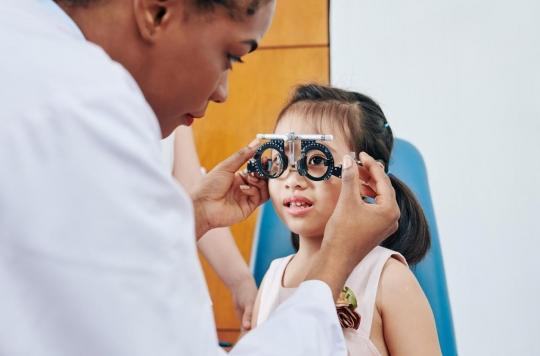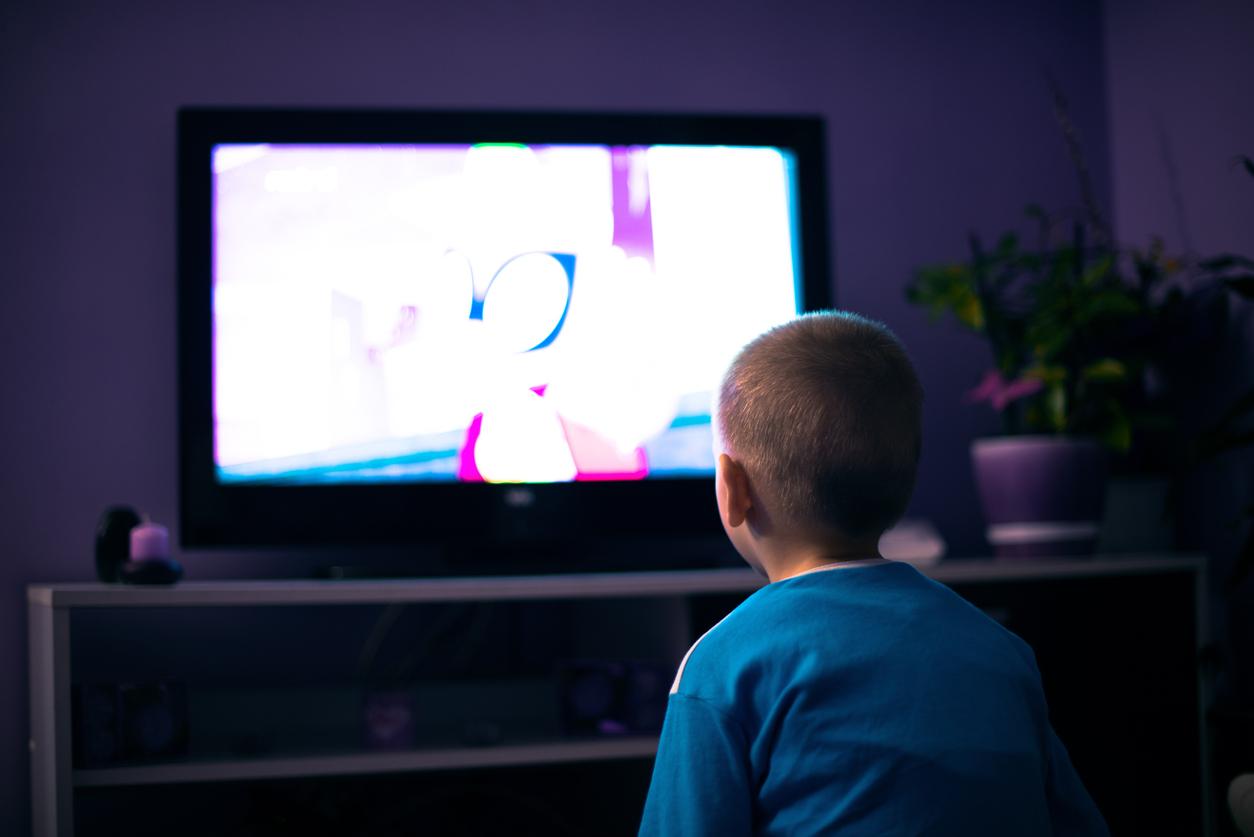Prioritize outdoor activities, keep screens away… Here are some tips to prevent your child from becoming nearsighted as much as possible.

- Two associations give advice to prevent and slow myopia in children.
- They also emphasize the need for regular monitoring by the ophthalmologist, generally 1 to 2 times a year.
The French Society of Ophthalmology (SFO) and to the French Society of Contact Lens Adapter Ophthalmologists (SFOALC) publish recommendations to slow the progression of myopia in children.
Prevention
For all children, in prevention, it is necessary:
– favor outdoor activities in daylight for several hours a day (or failing that behind glass),
– avoid/reduce prolonged near vision activities (take regular breaks),
– keep screens (tablets, telephones, computers, etc.) more than 35 cm from the eyes,
– avoid reading in weak artificial light.
Possible treatments
If progressive myopia is diagnosed, can be offered alone or in combination:
– adequate optical correction,
– anti-myopia glasses,
– night or orthokeratology lenses,
– myopic braking day lenses. “For all lenses, maintenance and hygiene rules are the same as for conventional lenses. They must be worn daily to be effective”, say the experts.
– Eye drops based on low concentration atropine (clinical studies are in progress to judge the effectiveness of atropine according to the different concentrations).
Monitoring
The recommendations of learned societies also specify that these treatments “aim to slow down the development of myopia and not to make it disappear”, and “will generally have to be continued for several months, even years without interruption, otherwise myopia will increase again”. They also emphasize the need for regular monitoring of children by the ophthalmologist, generally once or twice a year, and determined on a case-by-case basis.

.















